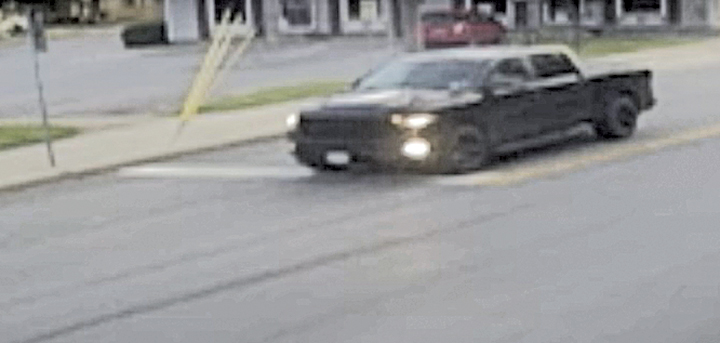Schools of the Past: Guilford District 18: South Hill
Before we continue this series relevant to the many district school in the Township of Guilford, we will backtrack to last weeks’ article “The Ives Settlement School.” This writer has been forwarded a copy of a photo (shown) identifying it as the Ives Settlement School about the year 1890. If this photo is not identified correctly, this writer will stand corrected at my e-mail; pfscott@frontier.com.
It is regrettable that we do not have a photo of the South Hill district school however as of this date a schoolhouse photo has not surfaced. If anyone does have a photo, this writer would like it e-mailed to me at the above address and it will be included in a future article. As related in the numerous articles that this writer has written previously, the pages of the book remain open for new historical information!






Comments